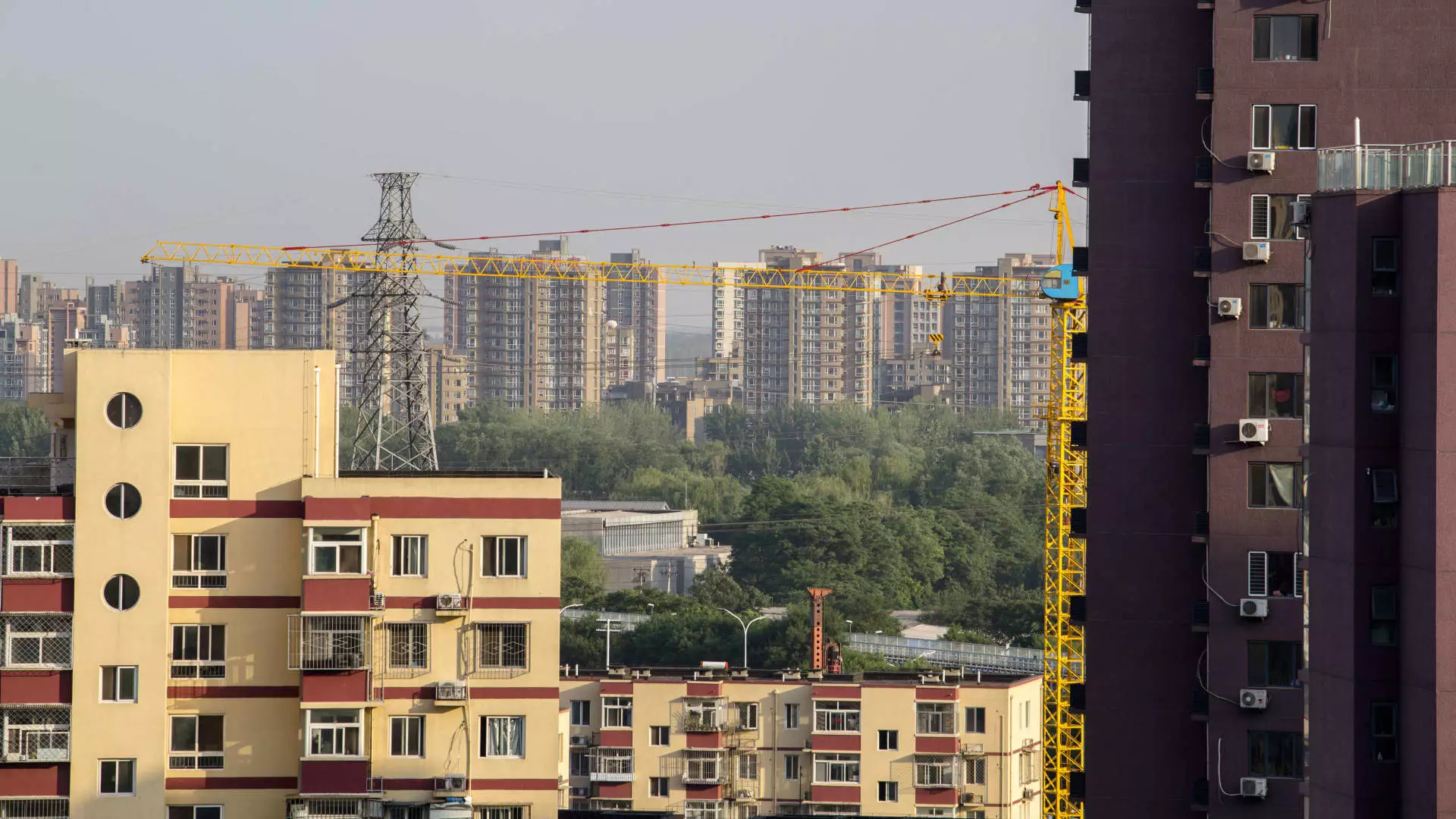In a strategic move aimed at rejuvenating China’s beleaguered real estate sector, regulators have unveiled a series of monetary easing measures that have ignited optimism among investors. The announcement made during a significant press briefing by Pan Gongsheng, the Governor of the People’s Bank of China (PBOC), introduced pivotal changes intended to alleviate financial burdens on households while stimulating demand within the property market. By cutting interest rates on current individual mortgages and lowering the down-payment ratio for second homes, the government signals its intent to reinvigorate consumer sentiment and encourage economic activity.
The PBOC’s decision to reduce existing mortgage interest rates by an average of 0.5 percentage points and adjust down-payment requirements from 25% to 15% for second homes is momentous. This is the first instance in which the down-payment criteria for both primary and secondary properties have been harmonized, marking a significant policy shift. By alleviating household financial obligations, the central bank projects an annual reduction in mortgage interest payments of approximately 150 billion yuan, equating to about $21.25 billion U.S. dollars.
The immediate reaction from the stock markets was palpable, as evidenced by the substantial uptick in the Hang Seng Mainland Properties Index, which jumped by as much as 5% within moments of the announcements. Major property developers listed in Hong Kong, including China Resources Land and Longfor Group Holdings, experienced noteworthy gains, with their shares rising by 4.49% and 4.57% respectively. This surge in property stocks reflects an underlying investor sentiment that anticipates a stabilization and eventual recovery in the real estate market.
Despite the positive immediate effects, the broader context reveals a persistently troubled property sector. Investment in the property market has plummeted over 10% in the early months of this year compared to the same period last year, indicating a market that has yet to show definitive signs of a rebound. Regulatory actions in recent months had largely been ineffective in rekindling investor confidence, underscoring the urgent need for cohesive and comprehensive policy frameworks.
Strategic Directions: The Role of Commercial Banks
In conjunction with interest rate reductions, Governor Pan also elaborated on plans to guide commercial banks toward enhancing pricing mechanisms for mortgage loans. This strategic focus aims to foster a more favorable lending environment for potential homeowners. Additionally, the central bank intends to lower the reserve requirement ratio (RRR) by 50 basis points—another move designed to free up capital for banks, enabling them to lend more freely and stimulate both consumer and developer activity within the marketplace.
Despite these proactive measures, analysts remain skeptical about their efficacy. Experts like William Wu from Daiwa Capital Markets express reservations, highlighting that while these cuts may alleviate some current homeowner pressures, they might not ignite robust demand for new home purchases. This skepticism raises critical questions about the sustainability of the recovery and the role of effective demand in bolstering the housing sector.
The path forward remains fraught with challenges, as articulated by Bruce Pang, Chief Economist at JLL. He asserts that while the measures are timely and necessary, there needs to be a multi-faceted approach to address all dimensions of the housing crisis. Effective support for property developers is emphasized as vital for stimulating investment and ensuring that construction activities rebound.
Additionally, it has been reported that the Chinese government is contemplating a framework to permit homeowners to renegotiate their lending terms, allowing the opportunity for refinancing with different banks for the first time in several years. Should such initiatives come into effect, they could provide further relief to burdened homeowners and bolster consumer confidence, ultimately steering the market towards recovery.
While the Chinese government’s latest monetary policies indicate a commitment to revitalize the property sector, the effectiveness of these measures remains uncertain. The interplay between regulatory actions, market sentiment, and consumer demand will dictate the trajectory of the real estate market in the coming months. Only time will reveal whether these measures can indeed offer the promised relief and rekindle the growth that many are hoping for.

